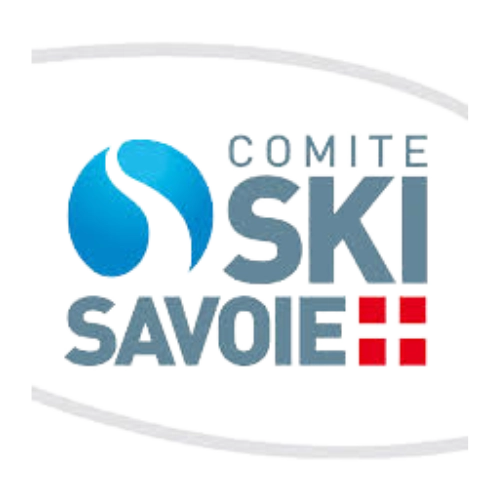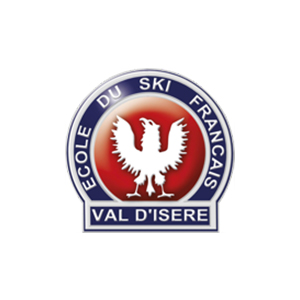The tracks
The Face de bellevarde
The “Face de Bellevarde” is recognized as one of the most demanding competition slopes on the World Cup circuit, and its reputation is built on its steepness along the entire length of the tent.
Features
Departure altitude: 2,807 m
Arrival altitude: 1,848 m
Vertical rise: 959 m
Total length: 2,988 m
Average gradient: 32.10 %
Maximum gradient: 71 %.
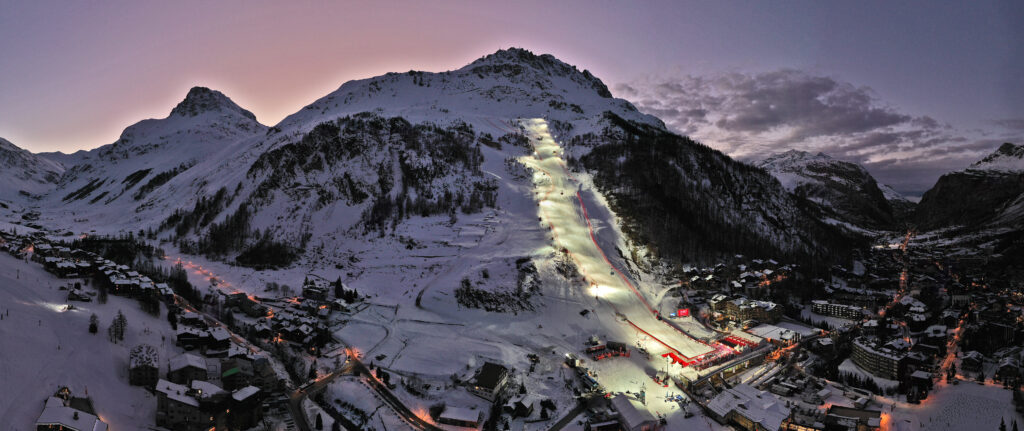
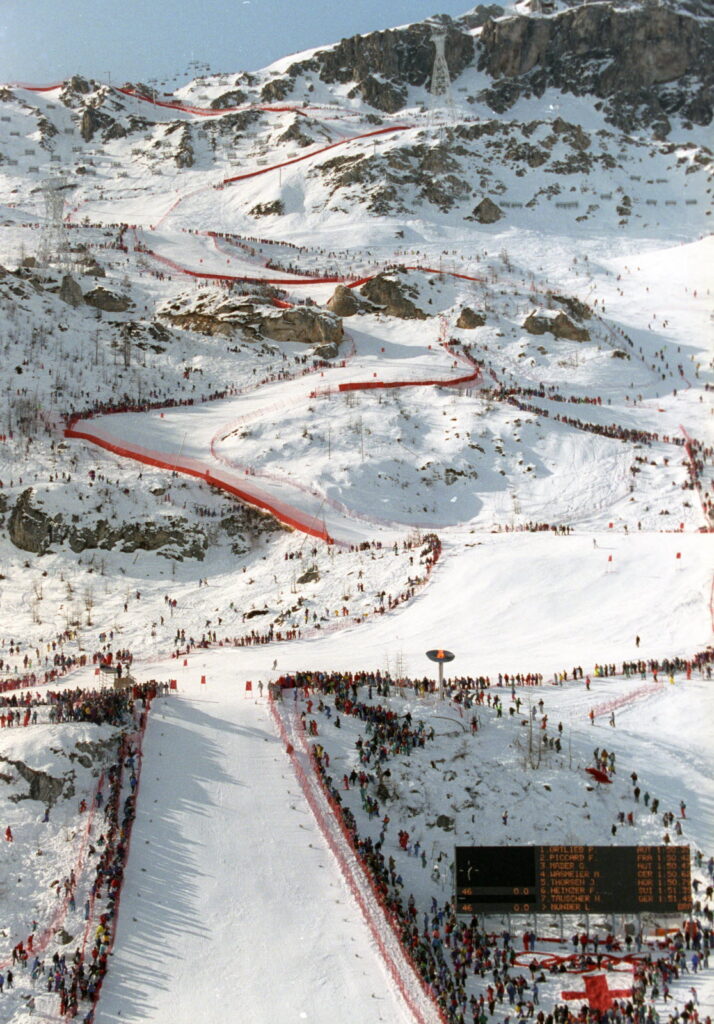
The track was designed by three-time Olympic avalins champion Jean-Claude Killy and designed by Swiss Olympic champion Bernhard Russi. This track has become mythical not only for its steepness but also for the historic events it has hosted:
The Face de Bellevarde was the site of several alpine skiing events during the 1992 Albertville Winter Olympics. Athletes from all over the world competed on this track for Olympic medals in downhill, super-G, giant slalom and Alpine combined.
In 2009, the Bellevarde face is once again the setting for a major international event, the 2009 Alpine World Ski Championships organized by Val d’Isère. On this occasion, the track hosted all the men’s events (downhill, super G, giant, slalom and super combined) and two women’s events (giant and slalom).
The Face de Bellavarde has seen many great names of alpine skiing reveal themselves on this piste: Kjetil Andre Aamodt (during the 1992 Olympic Super-G), Bode Miller in 2001, Marcel Hirscher in 2010, Alexis Pinturault at night in 2012 …
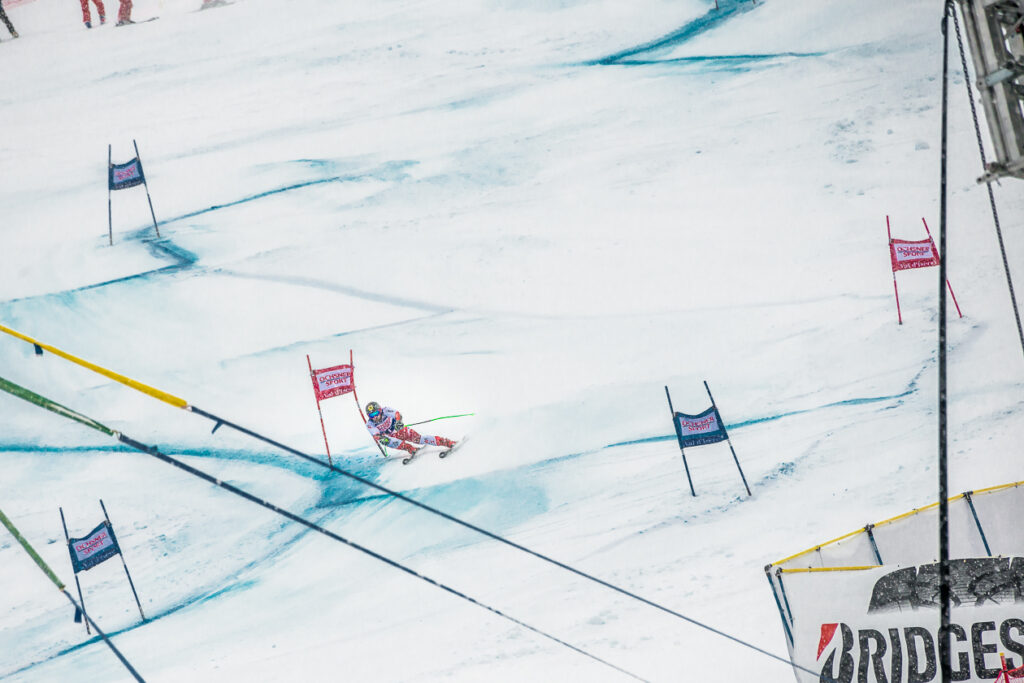
The
piste Oreiller-Killy (OK)
The O-K runway was built in 1966, above the hamlet of La Daille. His first competition took place in December of the same year. It was named in honor of two of the resort’s well-known Olympic champions, Henri Oreiller and Jean-Claude Killy. The Critérium de la Première Neige took place on this run until it was used alternately with the Face de Bellevarde run. The O-K trail starts at the Bellevarde rock face and follows a winding path to the village of La Daille.
Features
Start: 2560 m
Finish: 1810 m
Vertical rise: 750 m
Length: 2764 m
Maximum gradient.52%
Average gradient: 32
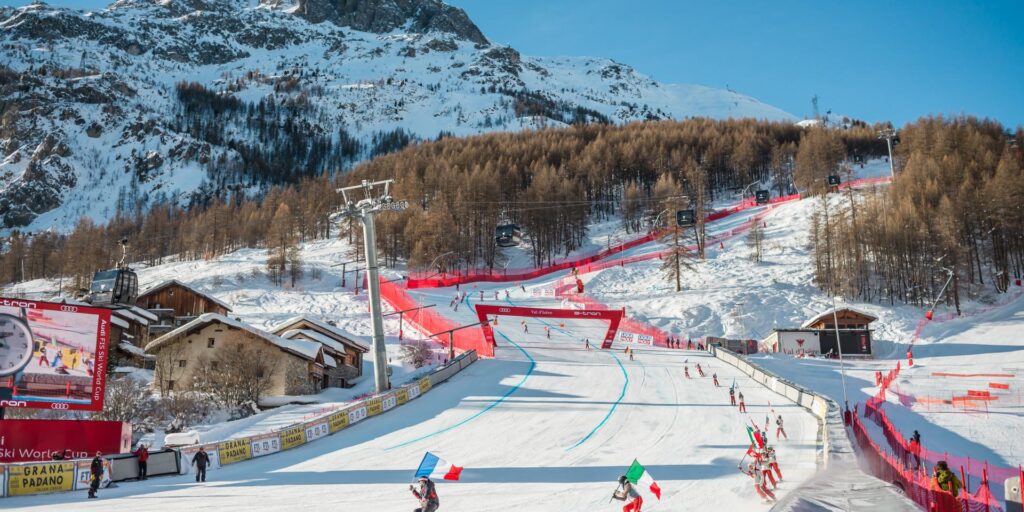
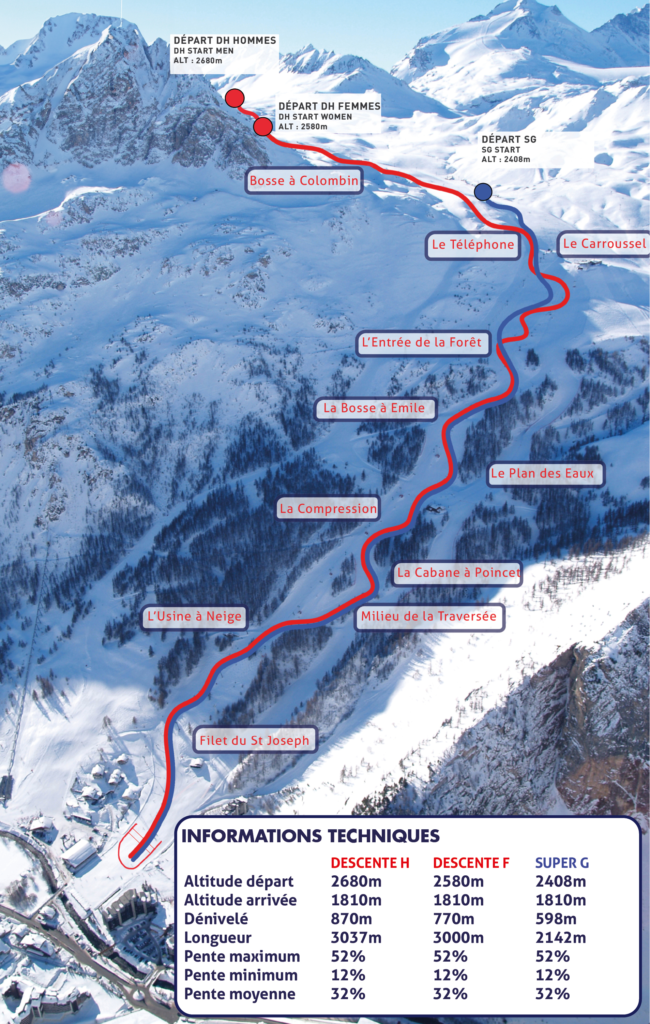
Although initially envisaged as the venue for the men’s alpine skiing competitions at the 1992 Albertville Winter Olympics, the run was eventually eclipsed by the Face de Bellevarde, which had been designed for the occasion. However, every year in the World Cup, the O-K track remains the preferred location for the women’s speed events.
The O-K track is not one of the most dangerous on the World Cup circuit, but it does feature several tricky sections, some of them renowned for their past accidents such as the bosse à Colombin, the bosse à Emile des passages named after its “vistime”. The many changes in terrain and direction can trap skiers if they don’t maintain a constant, precise rhythm.





